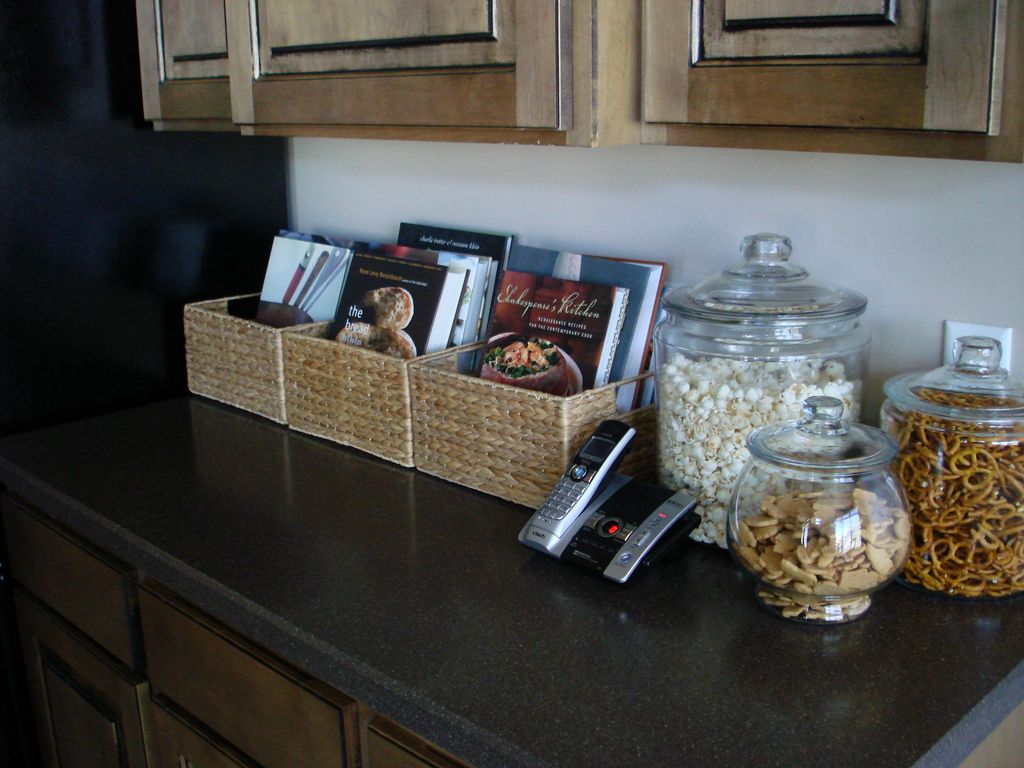

Articles
How To Store Cook Books
Modified: January 18, 2024
Looking for the best way to store your cook books? Read our informative articles on how to properly organize and preserve your valuable collection.
(Many of the links in this article redirect to a specific reviewed product. Your purchase of these products through affiliate links helps to generate commission for Storables.com, at no extra cost. Learn more)
Introduction
As cooking enthusiasts, we often find ourselves with a growing collection of cookbooks. These treasured books contain recipes, tips, and culinary inspiration that we refer to time and time again. However, with limited space in our kitchens, it can become a challenge to store and keep our cookbooks organized.
In this article, we will explore various methods and strategies for storing cookbooks. From clearing out space to sorting and organizing, and from using bookshelves to protecting books from moisture and dust, we will cover everything you need to know to create an efficient and visually appealing storage system for your beloved cookbooks.
So, whether you’re a seasoned chef or just starting your culinary journey, let’s dive in and discover the best ways to store and organize your cookbooks.
Key Takeaways:
- Efficiently store and organize your cookbooks by decluttering, sorting, and utilizing bookshelves with dividers and bookends. Protect them from moisture and dust to maintain their condition and longevity.
- Explore creative ways to display cookbooks in the kitchen and consider alternative storage areas in your home. Embrace digital options for convenient access while preserving the tactile experience of physical cookbooks.
Read more: How To Store Books In Attic
Clearing Out Space
Before we can effectively store our cookbooks, it’s important to clear out space in our kitchens or other designated areas. Start by taking a look at your current storage areas and assess what can be moved or decluttered to create more space for your cookbooks.
Consider removing any items that are rarely used or no longer serve a purpose in your kitchen. This could include old appliances, pots and pans that are never used, or duplicate utensils. By decluttering your kitchen, you’ll free up valuable space for your cookbooks.
Additionally, if you have other books taking up space on your bookshelves, consider relocating them to make room for your cookbooks. You can donate or sell books that you no longer need or want.
Once you have cleared out some space, you can move on to the next step: sorting and organizing your cookbooks.
Sorting and Organizing
Once you have created space for your cookbooks, the next step is to sort and organize them. This process will not only make it easier to find the books you’re looking for but will also make your collection look more aesthetically pleasing.
Start by taking all of your cookbooks and laying them out on a table or countertop. This will allow you to see the full scope of your collection and make it easier to categorize them.
One approach to sorting is to group your cookbooks by cuisine or theme. For example, you can gather all your Italian cookbooks together, then group your baking cookbooks, and so on. This makes it easier to locate specific recipes when you’re in the mood for a particular type of cuisine.
Another option is to sort your cookbooks alphabetically by author or title. This method can be especially useful if you have a large collection and prefer a systematic approach to finding books.
Once you have sorted your cookbooks, it’s time to organize them in a way that makes them easily accessible. Consider investing in bookshelves or dedicated storage units specifically designed for books. These can be placed in your kitchen, dining room, or any other area where you spend a lot of time cooking and entertaining.
If you have limited shelf space, prioritize your most frequently used cookbooks within easy reach. This can be done by placing them on the lower shelves or in a designated area on your countertop. For cookbooks that you use less frequently, they can be placed on higher shelves or stored in a separate location.
If you have a large collection, consider using bookends or shelf dividers to keep your cookbooks upright and prevent them from toppling over. This not only adds stability to the shelves but also adds a nice visual touch to your storage area.
Now that you’ve sorted and organized your cookbooks, let’s explore the various ways to store them on bookshelves.
Storing in Bookshelves
Bookshelves are a classic and popular choice for storing cookbooks. They offer a practical and visually appealing way to showcase your collection while keeping your books easily accessible.
When placing your cookbooks on the shelves, arrange them in a way that is visually appealing. You can mix horizontal and vertical orientations for a more dynamic display. Don’t be afraid to play around with the arrangement until you find a layout that you love.
If you have a large collection, consider using bookends to help keep your cookbooks standing upright. This not only ensures that they are easily visible but also prevents them from leaning or falling over.
Another useful storage option on bookshelves is adjustable shelf dividers. These dividers can be inserted vertically between books, creating compartments that keep your cookbooks in place and make it easy to navigate through your collection.
Take advantage of the different shelf heights to accommodate cookbooks of various sizes. Taller books can be placed on the middle or top shelves, while shorter books can be placed on the lower shelves. This creates a visually balanced display while optimizing the use of space.
If you have a collection of particularly valuable or sentimental cookbooks, consider displaying them prominently on the top shelf or in a separate area. This draws attention to these special books and adds a personal touch to your storage space.
Remember to regularly dust your bookshelves to keep your cookbooks clean and free from debris. This helps maintain their condition and prevents dust buildup.
Now that you know how to store your cookbooks on bookshelves, let’s explore some additional tips for protecting them from moisture and dust.
Using Bookends and Shelf Dividers
Bookends and shelf dividers are essential tools for keeping your cookbooks organized and upright on your bookshelves. They not only add stability to your collection but also help optimize space and provide visual appeal.
Bookends come in a variety of styles and materials, allowing you to choose ones that match your personal taste and décor. They are typically placed on both ends of a row of books to keep them standing upright and prevent them from tipping over. Choose bookends that are sturdy and appropriately sized for your cookbooks.
Shelf dividers, on the other hand, create compartments on your bookshelves, allowing you to separate different categories or genres of cookbooks. They can be adjusted to fit various sizes of books and help prevent books from leaning or falling over.
To use bookends and shelf dividers effectively, start by placing the bookends on the ends of each row of cookbooks. Make sure they are positioned securely to hold the books in place. Then, insert the shelf dividers vertically between books to create sections.
If you have a specific organizational system for your cookbooks, such as sorting them by cuisine or difficulty level, you can use shelf dividers to mark the different sections on your bookshelves. This makes it easy to locate specific cookbooks or categories when you need them.
Not only do bookends and shelf dividers provide practical benefits, but they can also add visual interest to your bookshelf display. Look for bookends that complement your kitchen or living space décor and consider using dividers with decorative elements or unique designs.
Regularly check the stability of your bookends and adjust the shelf dividers as needed to ensure your cookbooks stay neatly organized. If you add new cookbooks to your collection, make sure to re-arrange the bookends and dividers accordingly.
By incorporating bookends and shelf dividers into your bookshelf storage system, you can keep your cookbooks organized, visible, and easily accessible. Now, let’s explore additional steps to protect your cookbooks from moisture and dust.
Store cookbooks in a cool, dry place away from direct sunlight to prevent damage. Consider using bookends or a bookshelf to keep them organized and easily accessible.
Read more: How To Store Books In A Garage
Protecting Books from Moisture and Dust
Moisture and dust can harm the condition of your cookbooks and diminish their longevity. To ensure that your collection stays in pristine condition, it’s important to take steps to protect them from these elements.
One of the most effective ways to protect your cookbooks from moisture is to store them in a dry environment. Avoid placing your bookshelves near areas prone to moisture, such as the kitchen sink or a window with condensation. Moisture can lead to mold, warping, and damage to the pages of your books.
If you live in a humid climate or have a particularly susceptible kitchen, consider using a dehumidifier to reduce moisture levels. This can help prevent any moisture-related issues from affecting your cookbooks.
Additionally, using silica gel packets in the vicinity of your cookbooks can absorb excess moisture and keep the environment dry. Be sure to replace these packets regularly to maximize their effectiveness.
Another vital step in protecting your cookbooks is shielding them from dust. Dust buildup not only dulls the appearance of your books but can also lead to respiratory issues if you have allergies or sensitivities.
To prevent dust accumulation, regularly dust your bookshelves, including the tops and sides of the books. A microfiber cloth or a soft, dry cloth works well for this task. Gently wipe each spine and cover to remove any dust particles.
If you have particularly valuable or sentimental cookbooks, consider covering them with dust jackets or plastic book covers. This provides an extra layer of protection against dust, spills, and other potential damage.
When handling your cookbooks, clean hands are essential. Oils, dirt, and moisture from your hands can transfer onto the book pages, leaving behind stains and marks. Make sure to wash and thoroughly dry your hands before handling any books.
Lastly, avoid exposing your cookbooks to direct sunlight as it can cause fading and damage to the covers and pages. If your bookshelves are near a window, consider using curtains or blinds to block out the sun’s rays.
By taking these measures to protect your cookbooks from moisture and dust, you can ensure they remain in excellent condition for years to come. Now, let’s explore some creative ways to display your cookbooks in the kitchen.
Displaying Cookbooks in the Kitchen
Displaying your cookbooks in the kitchen not only makes them easily accessible but also adds a decorative touch to your culinary space. Here are some creative ways to showcase your cookbooks in the kitchen:
- Open Shelves: If you have open shelves or floating shelves in your kitchen, use them to display your cookbooks. Arrange them in a visually appealing manner, mixing different sizes and orientations. Consider interspersing small potted herbs or decorative kitchen items among the books for added charm.
- Bookstands: Invest in a stylish bookstand or two to showcase your favorite or most frequently used cookbooks. Place the bookstand on your kitchen counter or island, allowing you to easily flip through recipes as you cook.
- Wall-mounted Racks: Install wall-mounted racks specifically designed for cookbooks. These racks keep your books off the counter, saving valuable workspace. Choose a rack with adjustable shelves to accommodate books of various heights.
- Kitchen Island Display: If you have a kitchen island with a seating area, utilize the side facing the seating area to display a collection of cookbooks. This creates an inviting and inspiring ambiance for guests and also allows you easy access to your books while cooking or entertaining.
- Picture Ledges: Install picture ledges on a kitchen wall and use them to display your cookbooks in a neat row. This provides a visually pleasing display and makes it easy to switch out books or add new ones as your collection grows.
When displaying your cookbooks in the kitchen, ensure that they are positioned away from heat sources, such as stovetops or ovens, to prevent any potential damage.
Consider rotating the displayed cookbooks periodically to give them all a chance to be showcased. This keeps your kitchen decor fresh and allows you to rediscover forgotten recipes.
Now that you have creative ideas for displaying your cookbooks in the kitchen, let’s explore other areas of your home where you can store your collection.
Storing Cookbooks in Other Areas
While the kitchen is the most obvious place to store cookbooks, there may be other areas in your home where you can keep and enjoy your collection. Here are some alternative storage ideas:
- Home Office or Study: If you have a home office or study area, consider dedicating a shelf or part of a bookcase to your cookbooks. This allows you to keep them organized and easily accessible outside of the kitchen.
- Dining Room: If you have a dining room with a built-in buffet or sideboard, utilize these spaces to store your cookbooks. Arrange them neatly alongside your serving dishes or decorative items.
- Living Room: If you have a bookshelf or shelving unit in your living room, allocate a section for your cookbooks. This can serve as a conversation starter and showcase your culinary interests to guests.
- Home Library: If you have a dedicated home library space, it can be an excellent place to store your cookbooks. Arrange them alongside other books, creating a curated collection that reflects your diverse interests and passions.
- Bedroom: If you have a bedside table or shelf in your bedroom, consider keeping a small selection of cookbooks there. This allows you to read through recipes or gain inspiration before going to bed or first thing in the morning.
When storing cookbooks in other areas of your home, be mindful of the environment and ensure that the books are kept away from excessive moisture, direct sunlight, and other potential sources of damage.
By using these alternative storage areas, you can give your cookbooks a new home and introduce them to different parts of your living space. Now, let’s explore digital options for storing your cookbooks.
Digital Options for Storing Cookbooks
In today’s digital age, there are several options for storing your cookbooks digitally. These digital alternatives provide convenience, accessibility, and the ability to carry your entire cookbook collection wherever you go. Here are some popular digital options:
- E-Books: Many cookbooks are available in electronic format, such as e-books. You can purchase e-books directly from online retailers like Amazon or download them from websites dedicated to cookbooks. E-books can be read on e-readers, tablets, or even your smartphone.
- Recipe Apps: There are numerous recipe apps available that offer a vast selection of recipes from various cuisines. These apps often include features like recipe search, meal planning, shopping lists, and even cooking timers. You can create your own virtual cookbook by saving and organizing your favorite recipes within the app.
- Recipe Websites: Websites like Epicurious, AllRecipes, and Food Network provide a vast library of recipes that you can access anytime, anywhere. You can save recipes to your account or create your own digital recipe collection by bookmarking or downloading recipes.
- Cloud Storage: If you have scanned or digitized your physical cookbooks, you can store them in cloud storage platforms like Google Drive or Dropbox. This allows you to access your digitized cookbooks from any device with internet access.
When using digital options for storing cookbooks, organization is key. Create folders or categories within your e-reader, recipe app, or cloud storage to keep your recipes well-organized and easy to find.
While digital options provide convenience, keep in mind that the tactile experience of flipping through physical cookbooks and marking pages is something that many cooking enthusiasts enjoy. Consider a combination of physical and digital storage methods to cater to your preferences and needs.
Now that you’re familiar with digital options for storing cookbooks, let’s conclude with a summary of the storage strategies covered.
Read more: How To Store Antique Books
Conclusion
Storing and organizing your cookbooks is essential for keeping your kitchen tidy and your culinary inspiration flowing. By following these strategies, you can create a functional and visually appealing storage system for your beloved cookbooks:
- Clear out space in your kitchen by decluttering and removing items that are no longer needed.
- Sort and organize your cookbooks by cuisine, theme, or alphabetically for easy access.
- Utilize bookshelves, adjusting shelf heights and using bookends and shelf dividers to keep your cookbooks upright and in order.
- Protect your cookbooks from moisture and dust by storing them in dry environments, using silica gel packets, and regularly dusting them.
- Consider displaying your cookbooks in the kitchen through open shelves, bookstands, wall-mounted racks, or kitchen island displays.
- Explore alternative storage areas in your home, such as home offices, dining rooms, living rooms, or bedrooms.
- Take advantage of digital options for storing cookbooks, including e-books, recipe apps, recipe websites, and cloud storage.
By implementing these storage strategies, you can keep your cookbooks organized, protected, and easily accessible whenever culinary inspiration strikes.
Remember to personalize your storage system to match your personal taste, décor, and lifestyle. Whether you prefer a minimalist look or a cozy, eclectic vibe, finding the right storage solutions will enhance both the functionality and aesthetics of your kitchen.
So, take some time to assess your cookbooks, clear out space, and implement the storage strategies that work best for you. By organizing and properly storing your cookbooks, you’ll ensure that they remain a valuable resource and source of inspiration for your culinary adventures for years to come.
Frequently Asked Questions about How To Store Cook Books
Was this page helpful?
At Storables.com, we guarantee accurate and reliable information. Our content, validated by Expert Board Contributors, is crafted following stringent Editorial Policies. We're committed to providing you with well-researched, expert-backed insights for all your informational needs.

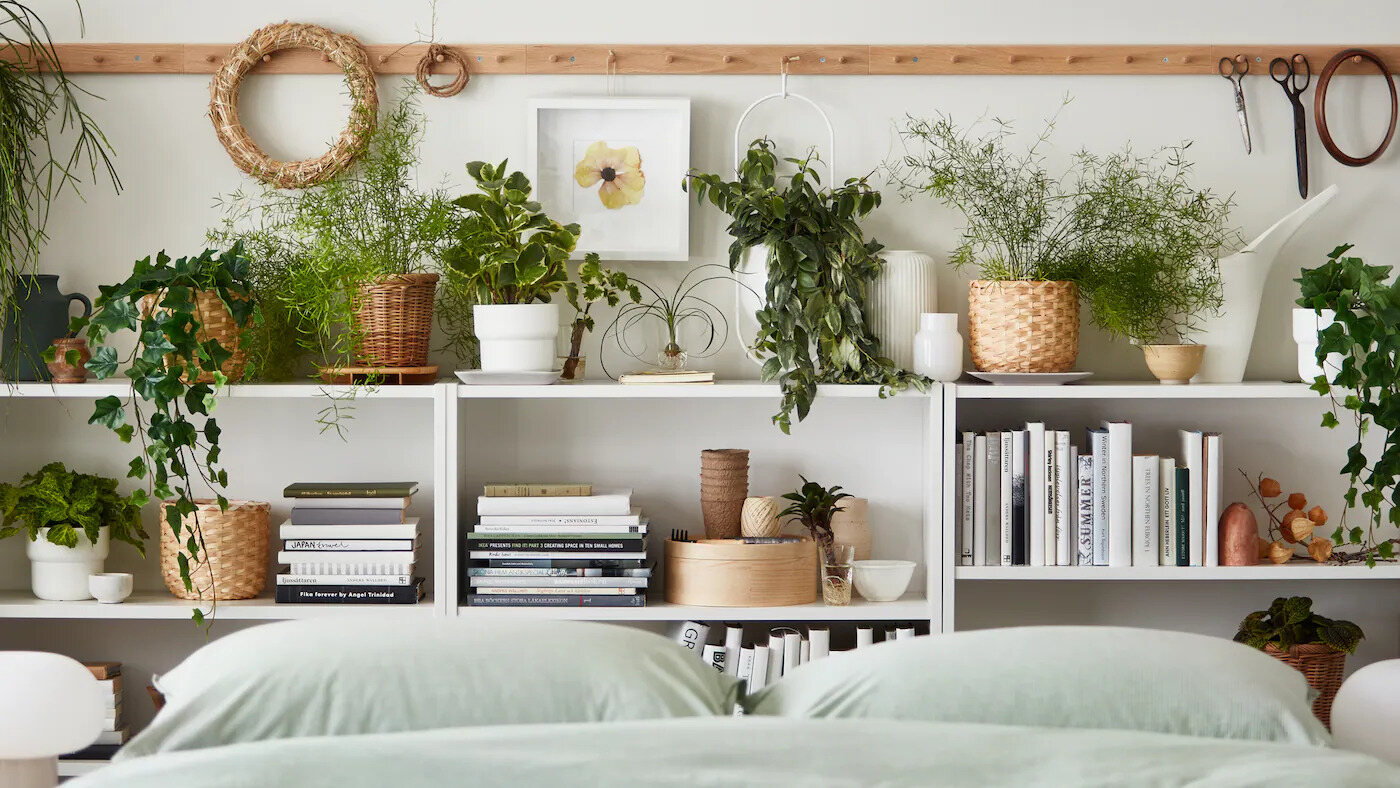
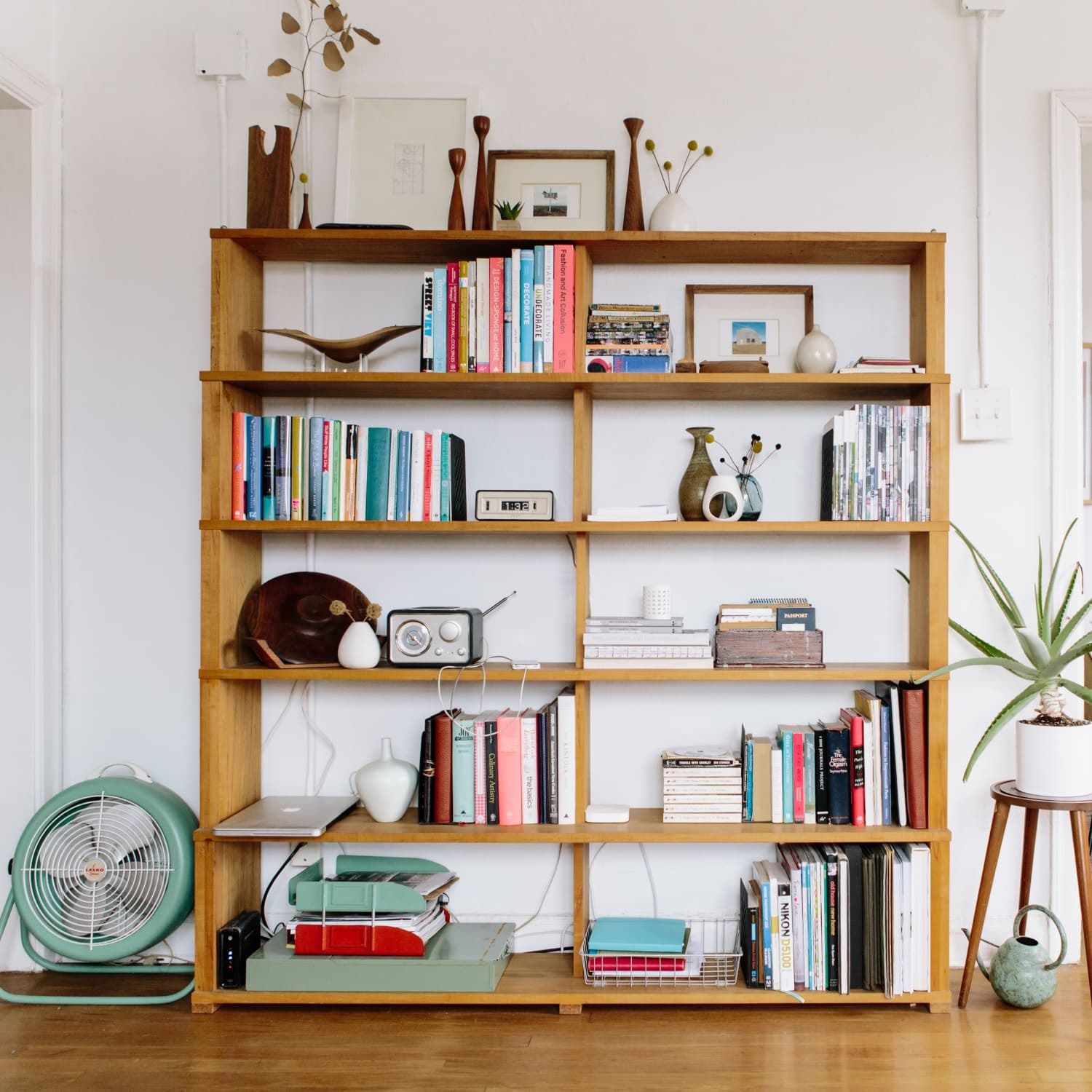
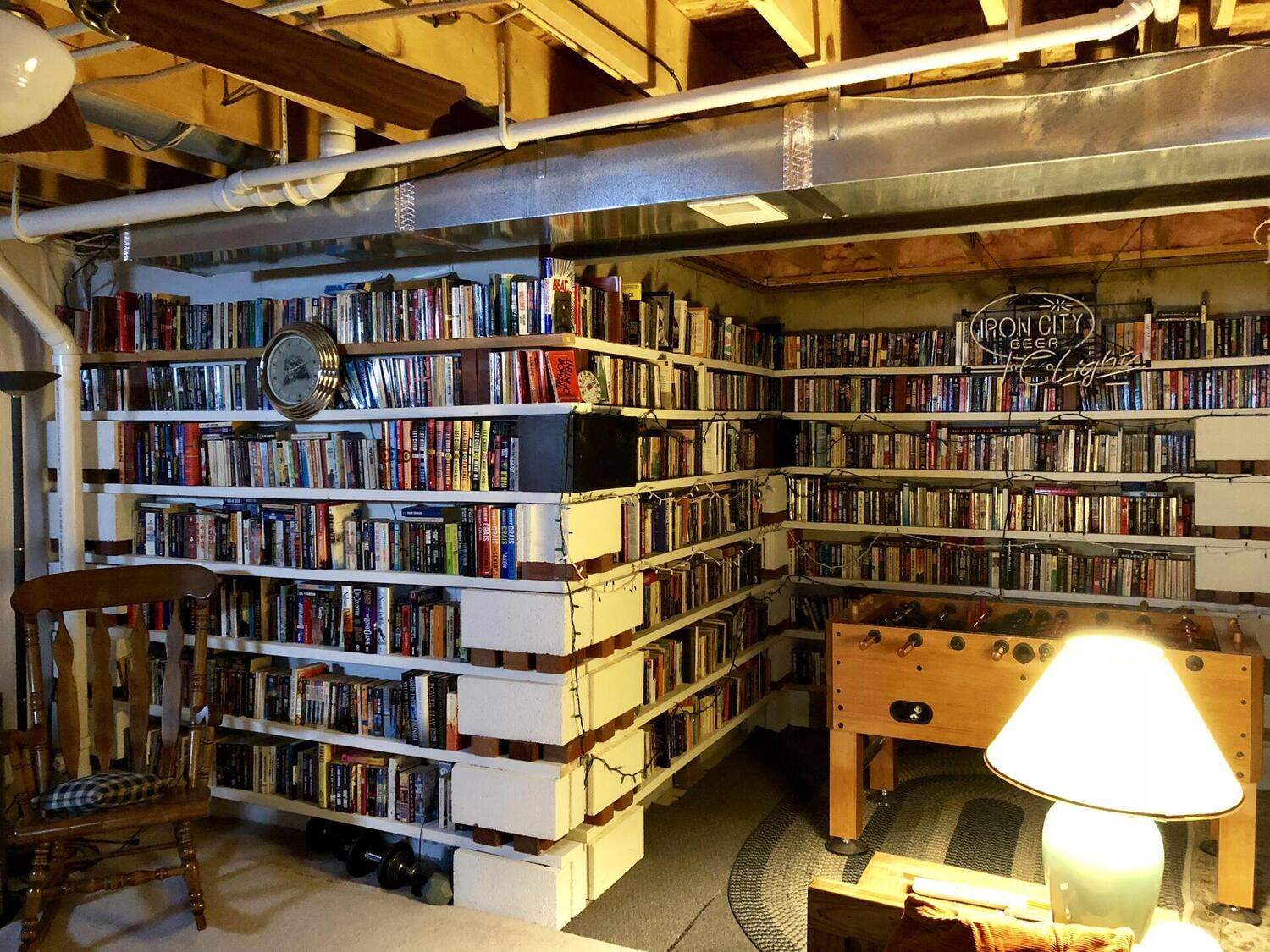
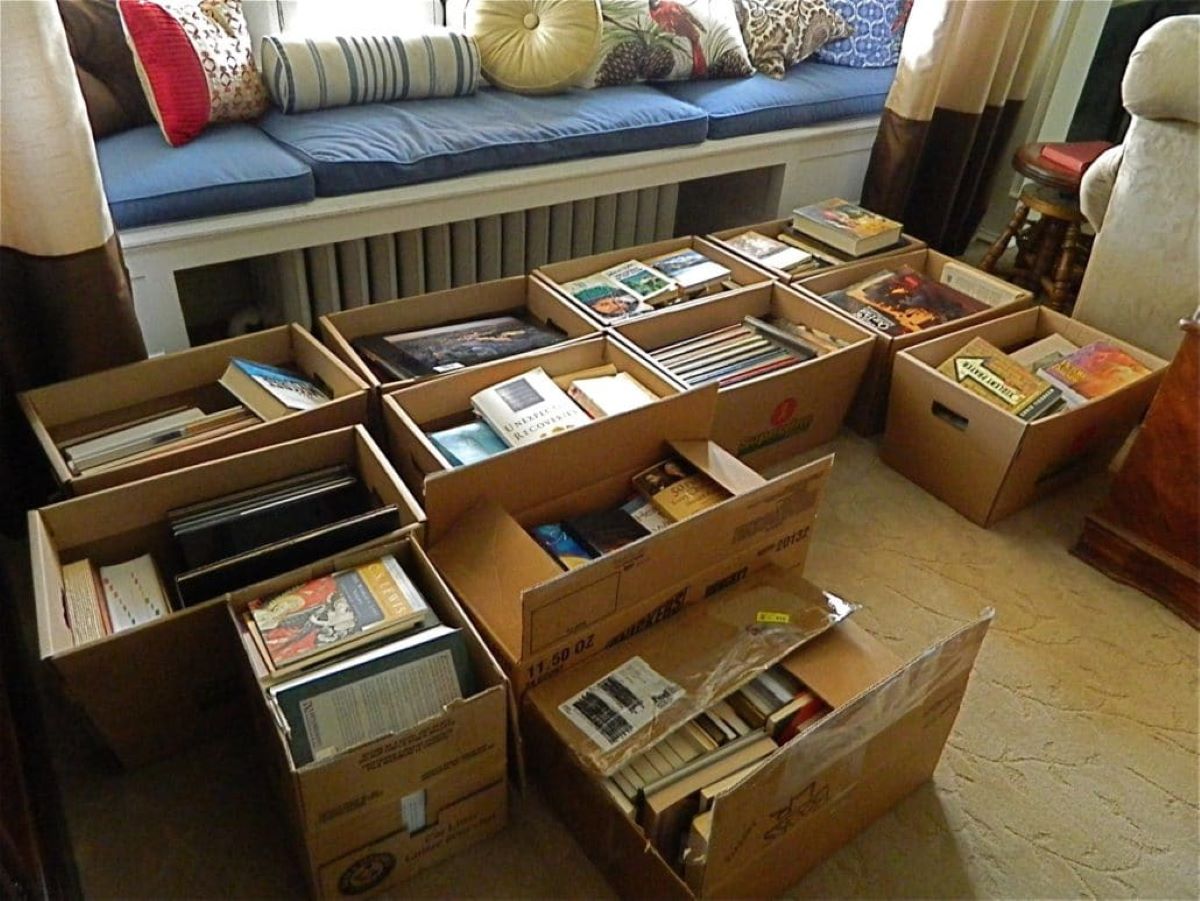
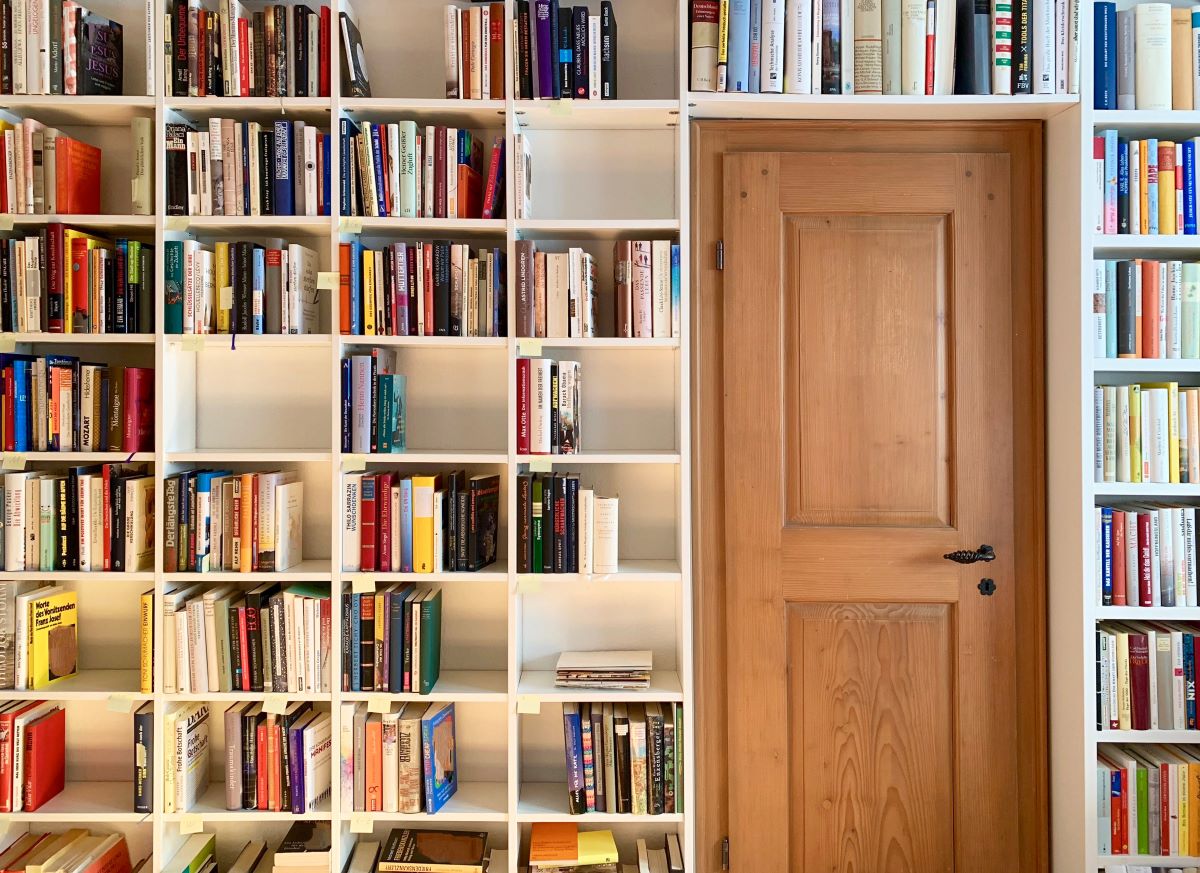


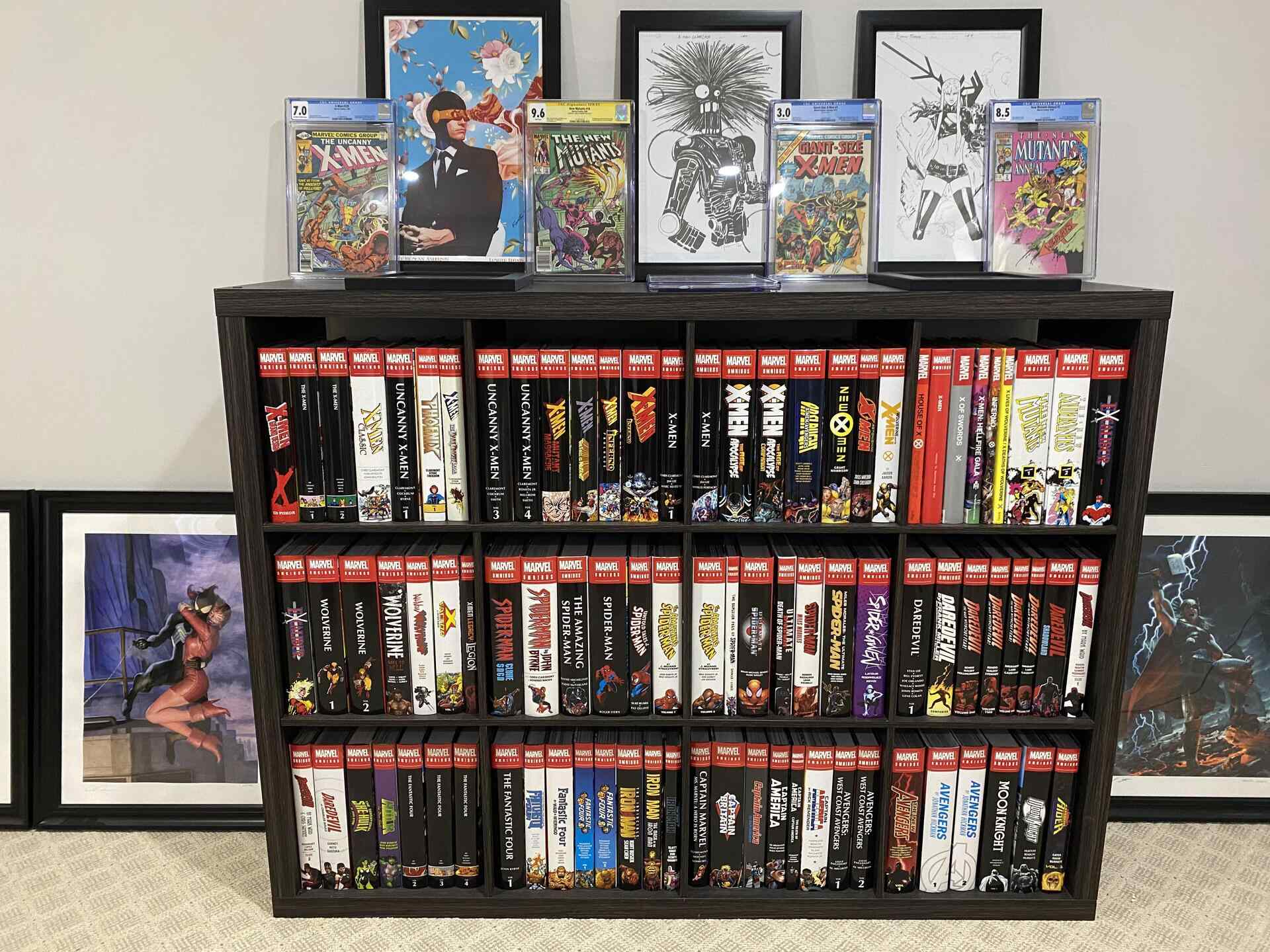
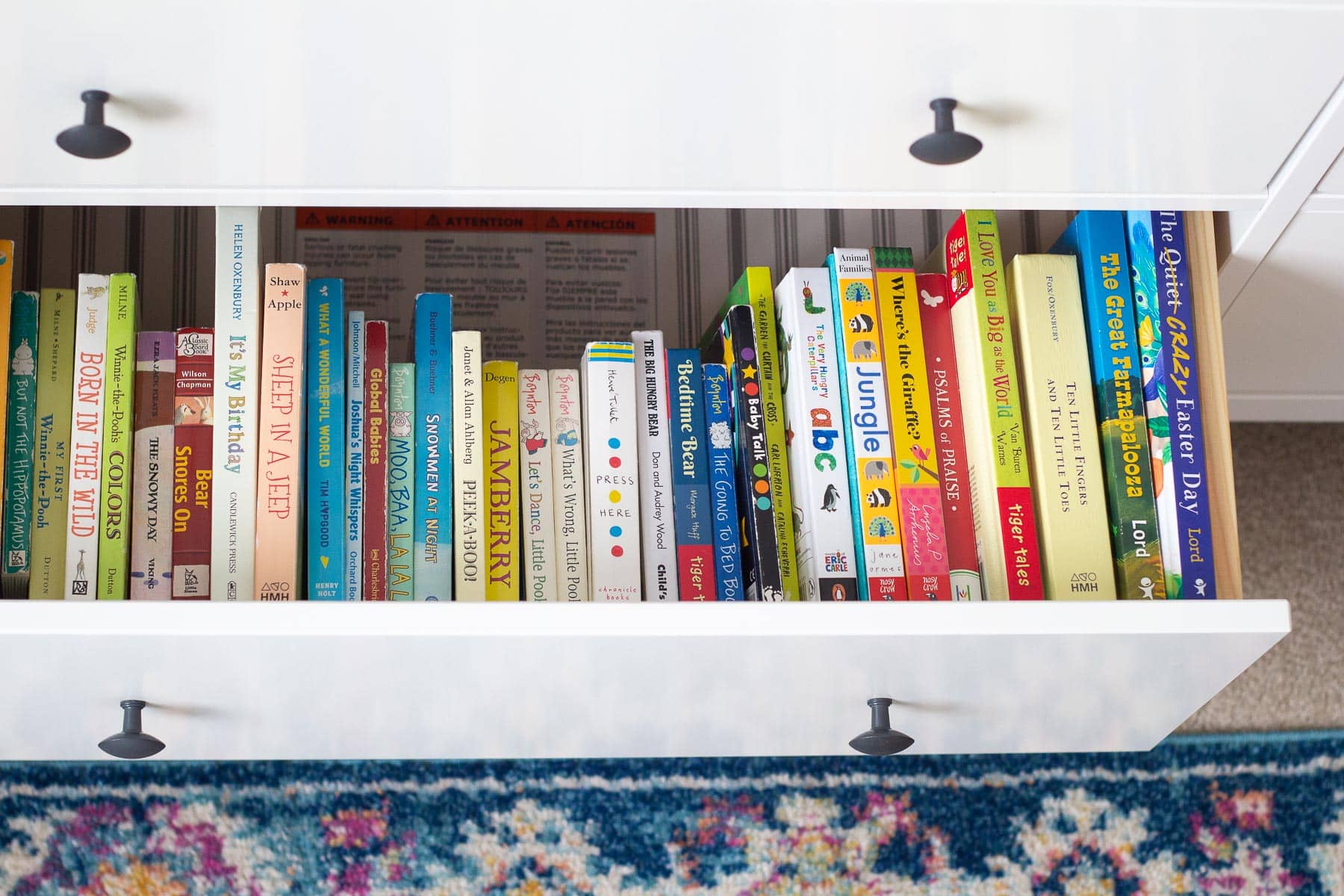
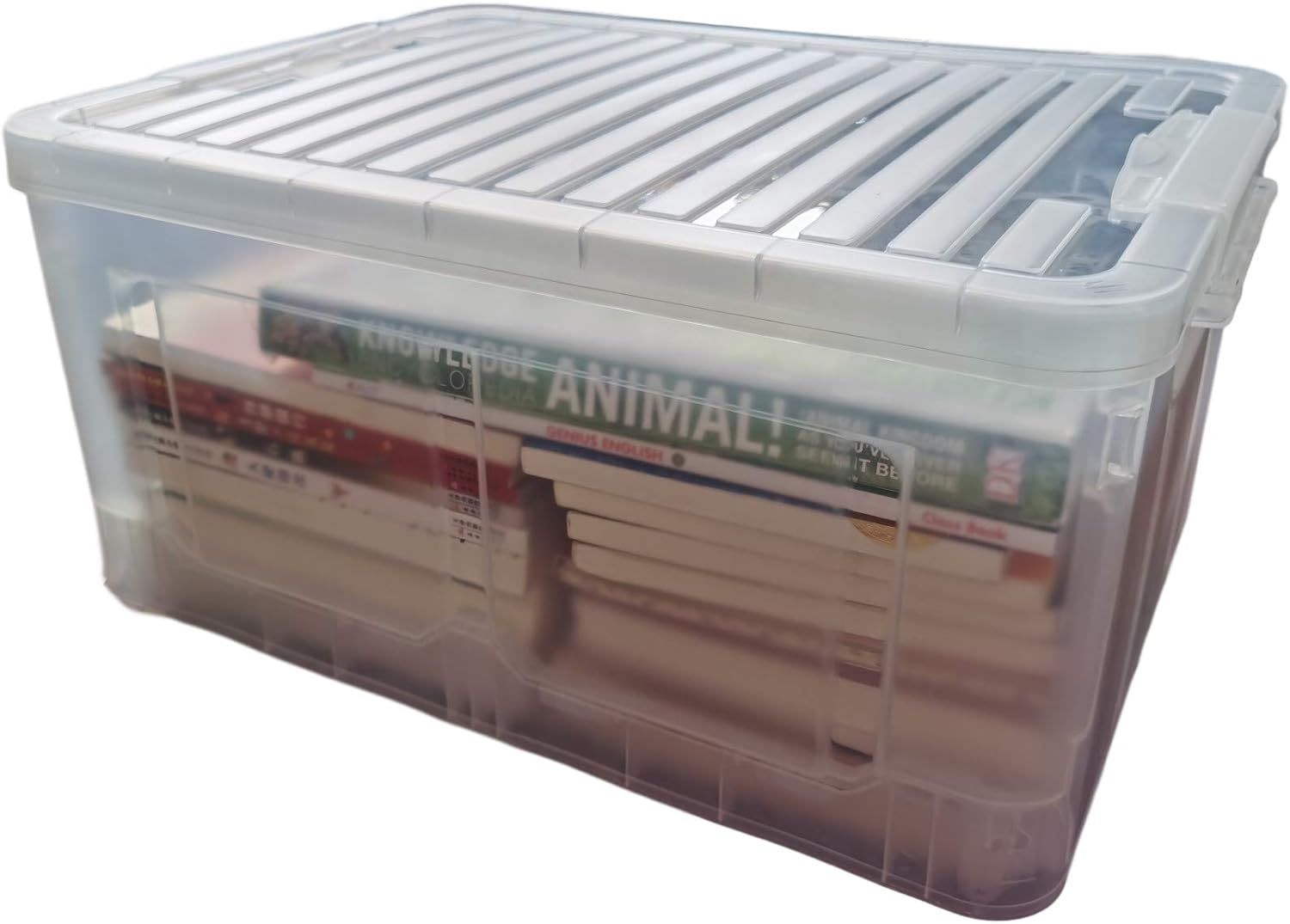
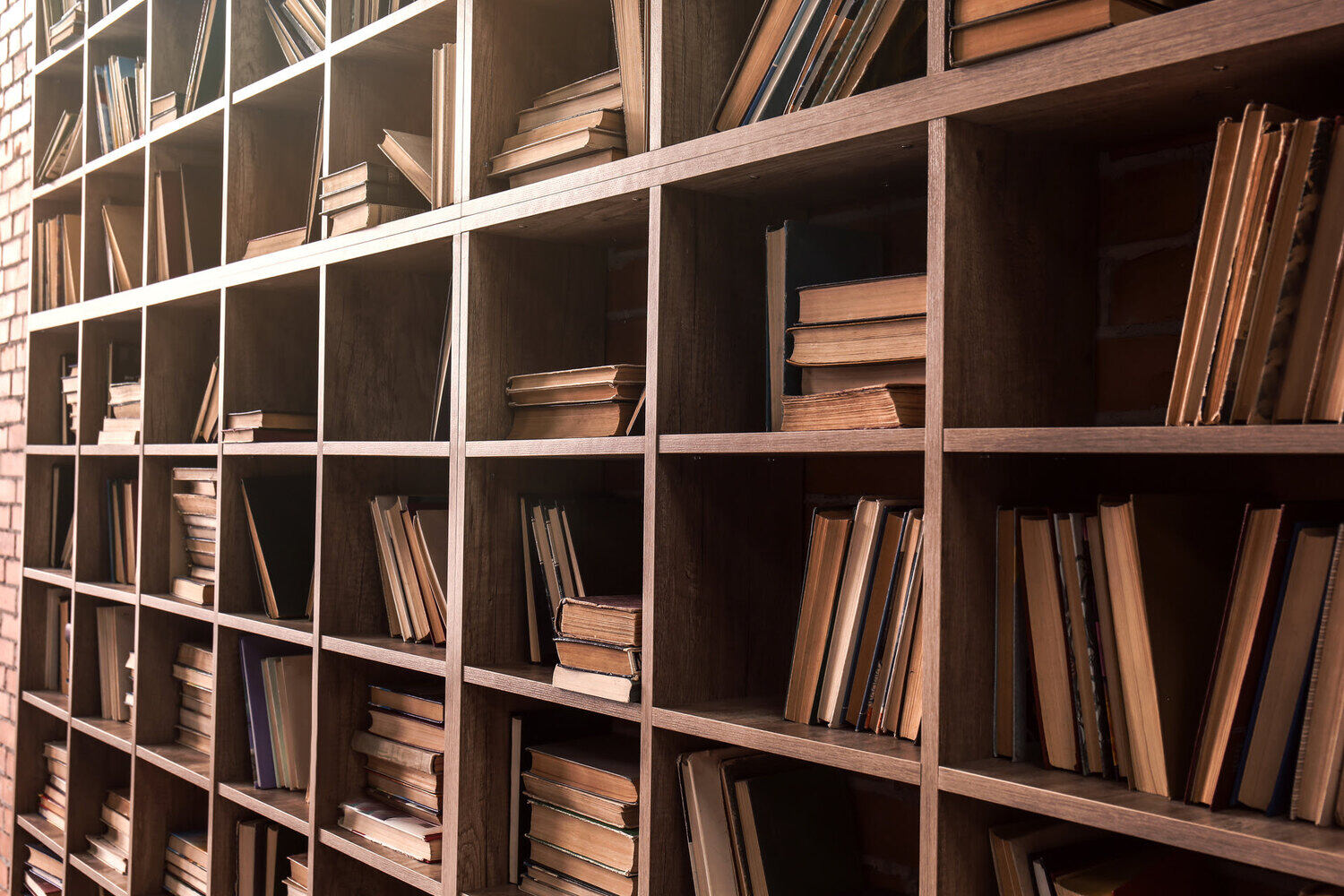


0 thoughts on “How To Store Cook Books”